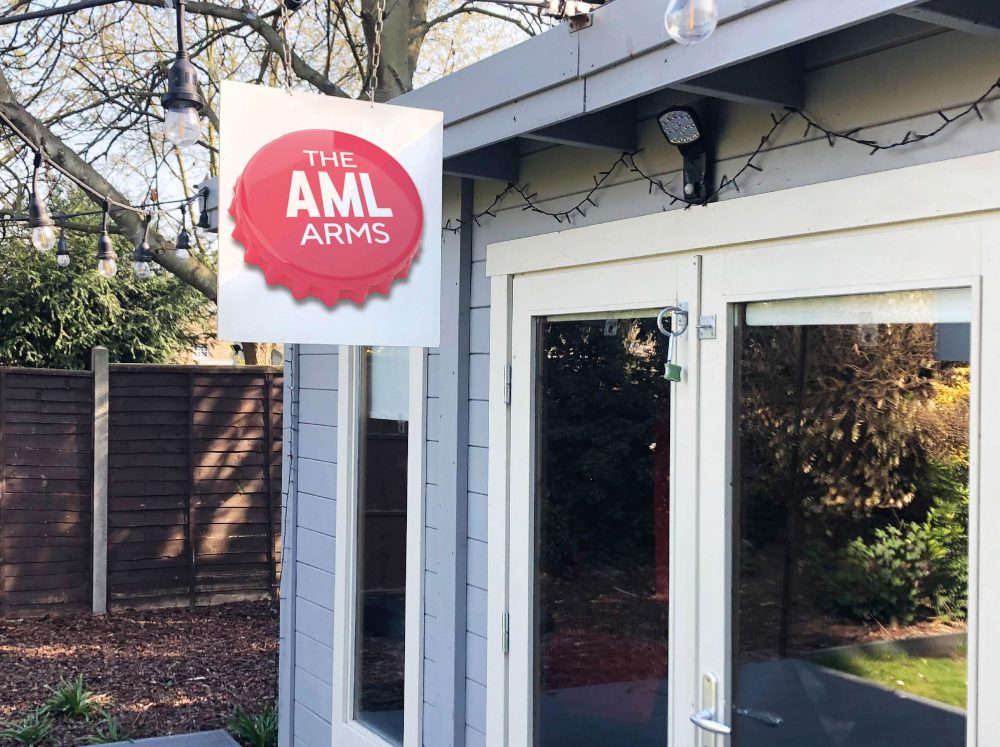If you’re reading this in the hope of a simple explanation of blockchain technology, you’re in the wrong place. (We’re working on a video for that.) All you need to know for now is that a decentralised network of giant computers maintains a shared, decentralised database of transactions (blocks …) that are continually updated with new transactions (… in a chain, geddit?).
It’s easy for users to add to the blockchain and see the header of a block, but impossible for anyone (hackers, for example) to read or alter the code inside it. In theory, at least – a hacker would need to somehow control 51% of the world’s computers to get in. (And if you want to sound really well-informed, that header is called a ‘hash’.)
Like in a William Gibson novel, the blockchain was invented by a mysterious figure known as Satoshi Nakamoto – not his real name, naturally. He invented it to start the (often-criticised, but hugely successful) cryptocurrency Bitcoin, which runs on the blockchain and with which it is often, mistakenly, conflated. Bitcoin and the blockchain are different; and there are a lot of people out there (from nerds in bedrooms to comp-sci PHDs working for megabanks) busily inventing their own versions of blockchain – some public, some private, all testing different models.
It’s like the beginning of the PC, or the internet; there will be a few big winners like Apple or Google, but they’ll take time to emerge. Banks, in particular, are flooding blockchain developers with money in the hope of backing the right one. Which brings us neatly to one of the possible consequences of the blockchain – the removal of the need to trust anyone, least of all banks.
If that sounds dramatic, it should. It means that transactions can happen directly (via the blockchain) without a centralised third party. And that doesn’t just apply to money, either – a blockchain transaction can be a house, a contract, an idea, a law, a marriage … anything.
Here are just three examples of what the blockchain could do. 1) Fix ownership of property in countries where the rule of law is weak or corrupt, removing a huge barrier to their growth and people’s prosperity. 2) Make payments to anyone, anywhere happen directly, peer to peer – from a gambling debt to a family estate. 3) Establish all-time ownership of intellectual property like music or video – no more fighting over Lee ‘Scratch’ Perry’s legacy of reggae. (Like at the dawn of the internet, you’ll probably kick yourself one day if you don’t launch a startup right now.)
The blockchain is going to benefit a lot of people, all in unexpected and unpredictable ways, and along the way disrupt a lot of established organisations. Uncomfortably that might include those, like AML, involved in the creation and building of business brands. That’s because the value of a brand, for an intermediary like a bank, is primarily about the establishment of trust. And without the need for trusted, centralised databases (which is all a bank account really is), who needs brands?


